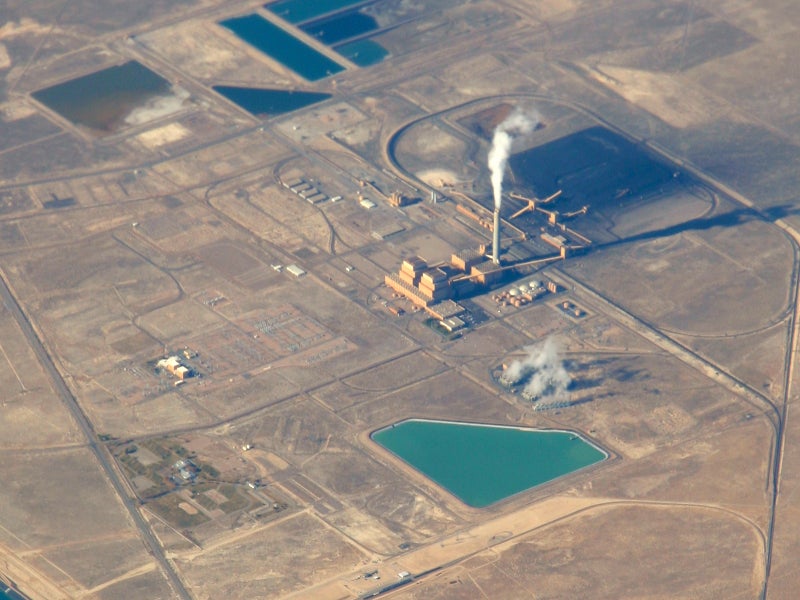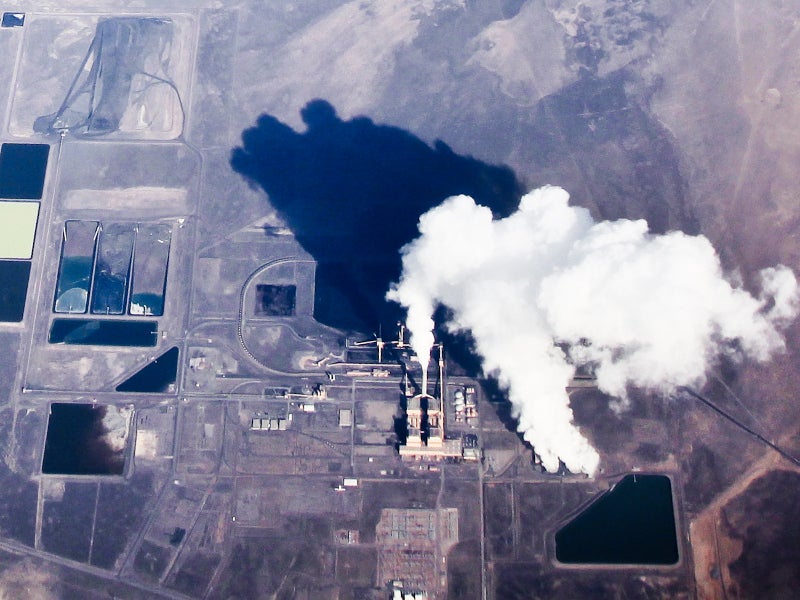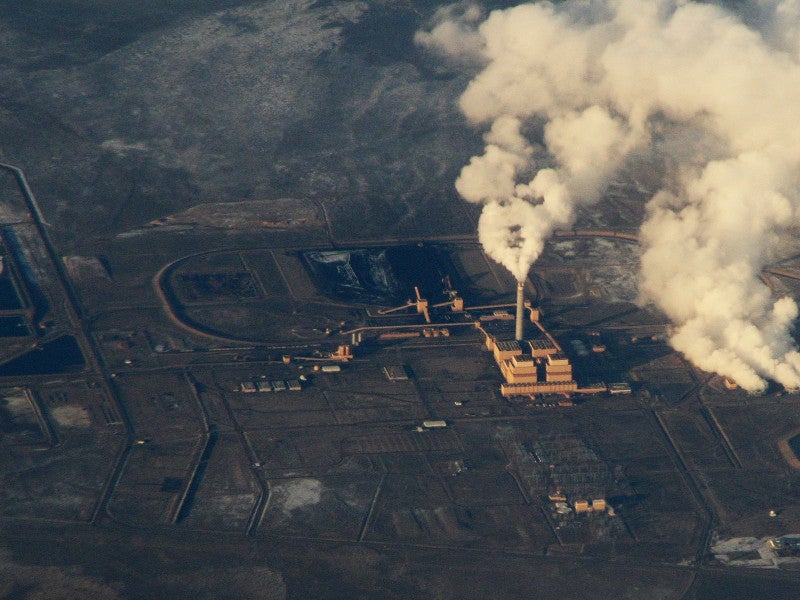The Intermountain power plant (IPP) is a 1.8GW coal-fired power station in Utah, US, that has been operating since 1986.
The coal-fired facility is planned to be retired and replaced with an 840MW natural gas-fired combined cycle power plant in 2025.
Intermountain Power Agency (IPA) is the owner of the power plant, while the Los Angeles Department of Water and Power (LADWP) is the operator.
IPA was formed by 23 municipal electric utilities of Utah to finance and undertake the Intermountain power project in June 1977.
The project has a total of 35 participants including six cities of California and six rural cooperatives in Utah that purchase electricity from the plant.
Location and site details
The Intermountain coal-fired power plant is located on a 4,000acre-site at Delta, Millard County, in central Utah, US.
Details of the Intermountain power plant renewal project
The Intermountain power plant renewal involves the construction of an 840MW natural gas-fired power plant comprising two combined-cycle units adjacent to the existing coal-fired facility.
Construction of the new plant is expected to be started in 2020 with commissioning expected in 2025.
Each combined-cycle unit of the new plant will be equipped with a M501JAC gas turbine, a heat recovery steam generator (HRSG) and a steam turbine from Mitsubishi Hitachi Power Systems (MHPS).
The repowering project is being developed as part of the IPP participants’ commitment in 2013 to stop burning coal at the facility by 2025.
Although an initial plan to construct and operate a 1,200MW combined-cycle power plant was approved by the authorities, the maximum generating capacity was scaled back to 840MW in May 2018.
The Intermountain power plant renewal project also includes upgrading and the replacement of switchyards and converter stations at the plant site and at Adelanto, laying a new gas pipeline and the decommissioning of existing equipment that will not be in use.
New technologies for Intermountain power plant renewal
The 840MW power plant will use advanced gas turbines that are capable of running on a mixture of 70% natural gas and 30% hydrogen. The proportion of hydrogen will be steadily increased with an aim to burn 100% hydrogen by 2045.
The project site is also proposed to be developed with hydrogen production, compressed air energy storage, and carbon capture and storage facilities. The use of salt domes present at the IPP project site is also being contemplated for energy storage.
In a separate development, Japan’s Mitsubishi Hitachi Power Systems (MHPS) in collaboration with Magnum Development launched the 1GW-Advanced Clean Energy Storage (ACES) project adjacent to the IPP site in May 2019.
The ACES project is planning to use four types of clean energy storage technologies including renewable hydrogen, compressed air energy storage, large scale flow batteries and solid oxide fuel cells.
Contractors involved
Mitsubishi Hitachi Power Systems (MHPS) was contracted to supply two M501JAC combined-cycle power trains for the Intermountain power plant renewal project in March 2020.
Intermountain coal-fired power plant details
The 1.8GW thermal power plant consists of two coal-fired units of 900MW capacity each.
Construction of IPP began in October 1981, while the first unit went on stream in June 1986, followed by the second unit in May 1987. The total estimated cost of the project was approximately £3.4bn ($5.5bn).
Each unit of the plant was equipped with a Babcock and Wilcox steam boiler and a General Electric (GE) steam turbine. Both the units share a common chimney that stands 710ft-tall.
Both of the GE steam turbines were replaced with Alstom high-pressure turbines in a turbine upgrade programme during 2002 and 2003
The coal supply for the Intermountain power plant is supplied by the Union Pacific Railroad.
Power transmission
The electricity transmission infrastructure for the Intermountain power plant comprises two transmission systems namely the Southern Transmission System (STS) and the Northern Transmission System (NTS).
The STS consists of a 785-km single 500kV direct current (DC) line connecting Adelanto in California. The two converter stations of the STS will be replaced as part of the Intermountain power plant renewal project.
The NTS consists of two parallel 345kV alternate current (AC) transmission lines running 80-km long to Mona in Utah and a single 232-km, 230kV AC transmission line to the Gonder Switchyard to the north of Ely in Nevada.
Power purchases from the Intermountain energy facility
The six participant city utilities of California purchase approximately 75% of the IPP’s total electricity output. The biggest purchaser is the plant operator LADWP that purchases 48.6% of the electricity, followed by the City of Anaheim (13.2%) and the City of Riverside (7.6%).
The 23 Utah-based municipal utilities account for 14%, while the six rural cooperatives purchase approximately 7% of the power generated by the plant.
After the Intermountain power plant renewal, LADWP will receive 544MW accounting for 64.77% of the total electricity from the new gas-fired power plant, under a renewed contract.
LADWP has been reducing the share of polluting coal power in its overall energy mix over the last few years. Presently, it is left with only one coal power source i.e. the Intermountain power plant, after it sold its stake in the Navajo generating station in Arizona in July 2016.





